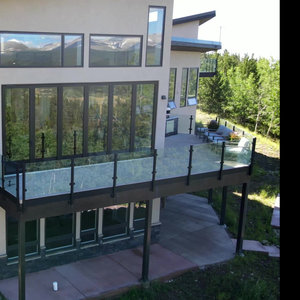This Hypertufa is expensive???
16 years ago
Related Stories

HOUSEPLANTS8 Essentials for Healthy Indoor Plants
Houseplants add so much to our homes — and can thrive when grown in the right conditions. Keep these tips in mind
Full StoryJust to make one somewhat thick walled 12x12x6 planter It takes
fibers Free
2 lg coffee cans Portland about 1/4 48# bag so 1.30$
1 lg Coffee can sand free
5 lg cans perlite about 2-3$ I bought the giant bag at a nursery supply for was it 20$
1/2 bottle admix 3.50$
2.50$ of color
thats at least 10$ in supplies.
I do note that my bottom and walls are near 2" thick.
Any one else figure up the costs??
Also how do I make the walls thinner.
even with a very dry mix where I couldn't squeeze any drops of water out it tries to slump on the walls??



billie_ann
Fleur
Related Professionals
West Milford Landscape Architects & Landscape Designers · Manorville Landscape Architects & Landscape Designers · Sand Springs Landscape Architects & Landscape Designers · Aurora Landscape Contractors · Beachwood Landscape Contractors · Columbine Landscape Contractors · Milford Mill Landscape Contractors · Norwalk Landscape Contractors · Salem Landscape Contractors · Severna Park Landscape Contractors · Shaker Heights Landscape Contractors · Stony Brook Landscape Contractors · Vacaville Landscape Contractors · West Chester Landscape Contractors · Casselberry Landscape Contractorsshirleywny5
elkskiOriginal Author
billie_ann
valolson1
fredw10
elephantear
User
wannadanc
Laura Glover